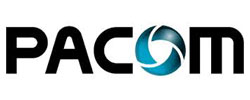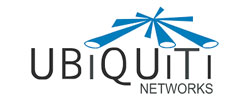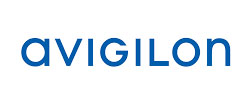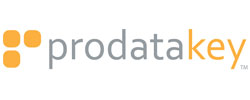Off-Site Video Management or VSaaS, Video Surveillance as a Service, refers to hosted cloud-based video surveillance. The service typically includes video recording, storage, remote viewing, management alerts, cyber security and more.
93 percent of businesses have now adopted cloud solutions. Cloud technology advances and greater bandwidth availability are making VSaaS – also called cloud video surveillance – increasingly attractive.
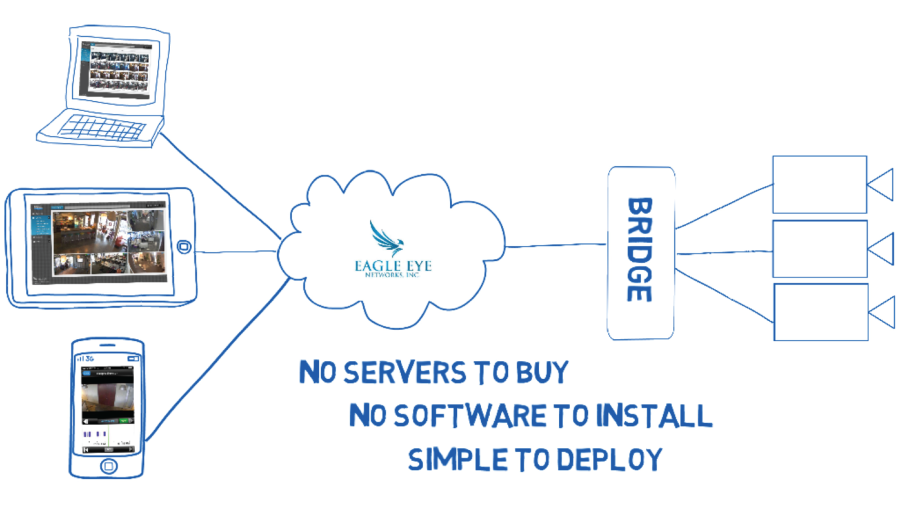
Cloud-based Video Surveillance Offers Substantial Savings
Lower upfront cost
A valuable cloud savings benefit is the reduced upfront cost. With no servers to buy, Cloud-based Video Surveillance offers companies the opportunity to invest precious dollars into other business areas.
Fully utilized hardware
Because multiple companies share server infrastructure, hardware is more fully utilized, and the cost for supporting workloads goes down.
Lower power costs
Better hardware utilization means no idle servers. When you run your own data center, you will rarely fully-utilize your servers. Idle servers waste energy. So the better hardware utilization of the shared infrastructure also means more efficient power use, and the energy costs are lower.
Reduced IT Staffing Costs
The expenses associated with experienced IT personnel, including salary, benefits and other employment costs, is typically greater than the cost of hardware and software. The cloud provider’s IT staff supports a shared infrastructure, so the total IT personnel cost is lower than if you did the work in-house. Therefor, you can reduce your own IT expenses, or redeploy employees to areas generating greater income.
Reliability & Redundancy
To achieve a highly redundant and reliable system, you must purchase additional hardware to protect against failures. Having spare hardware lying idle is an expensive way to maximize uptime. Typical cloud systems have several data center locations.
Even More Benefits of Cloud-based Video Surveillance
All Data and Video is Encrypted
Privacy encryption eliminates the security vulnerabilities commonly found in other systems because there are no open ports to the Internet. Video is fully encrypted during transmission and fully encrypted at rest – making evidence tampering nearly impossible.
Flexible Storage
Those customers that choose a CMVR, Cloud Managed Video Recorder, have the option to choose where their video is stored. They are no longer limited to the confines of on-site hardware. Customers can now choose to store some, or all of their video in the cloud or on a local device.
Flexible Camera Choices
You pick the cameras you want. Digital or Analog. We make it work. Our cloud system works with a broad selection of ONVIF IP cameras. Works with nearly all analog cameras. You have the flexibility to choose the cameras that work for you. Or use the cameras that are already installed. This gives our customers the flexibility of hundreds of camera manufacturers and thousands of models.
Multiple Locations - Multiple People - No problem.
Central Management tools allow you to delegate access, give other people access, revoke access, and track who has done what. All from your web browser.
Customers with more than one location benefit from being able to view video from multiple locations in a single user interface. They can even create layouts that show video from different locations in the same video matrix. In other words, they could choose to view all of the cash registers at the same time, even if they have stores scattered throughout the country.
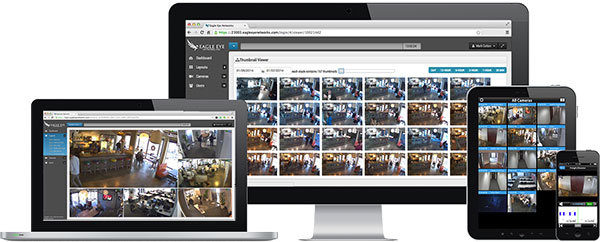
Remote viewing on multiple devices
Unlimited Storage Potential
Typical storage have a pre-set price for up to 90 days of video retention. However, additional storage is not a problem. In fact, some customers keep their video for 7 years!
Automatic Network Configuration
The bridge and CMVR devices are designed to be easy to setup. They handle all of the communication with the cloud, so there is no need to configure firewalls or routers. There is no need to get static IP addresses or configure DDNS or VPNs. The Bridge and CMVRs are essentially all of those devices rolled into one.
Once a bridge is connected to the Internet, it immediately connects to the cloud service. It establishes a secure connection and from that point on, all communication across the Internet is protected by 256-bit AES encryption with rapidly rotating keys.
Local Video Caching
The bridge caches video locally, and then synchronizes it with the cloud as bandwidth is available. This allows the bridge to work in many different situations. For example, if the Internet bandwidth is being used during the day by a point of sale or VOIP system, the bridge can be configured to use less bandwidth during the day time, and then burst to use more bandwidth at night when there is less load on the network.
Private Cloud Option
Most customers will use the shared infrastructure, which eliminates the need for customers or resellers to manage servers and surveillance software. However, a few customers may choose to make use of the Private Cloud option. This option creates a closed system, completely under the management of the customer. While not for everyone, some customers may find the additional overhead of server management and infrastructure maintenance worthwhile for their cloud video surveillance needs.




















